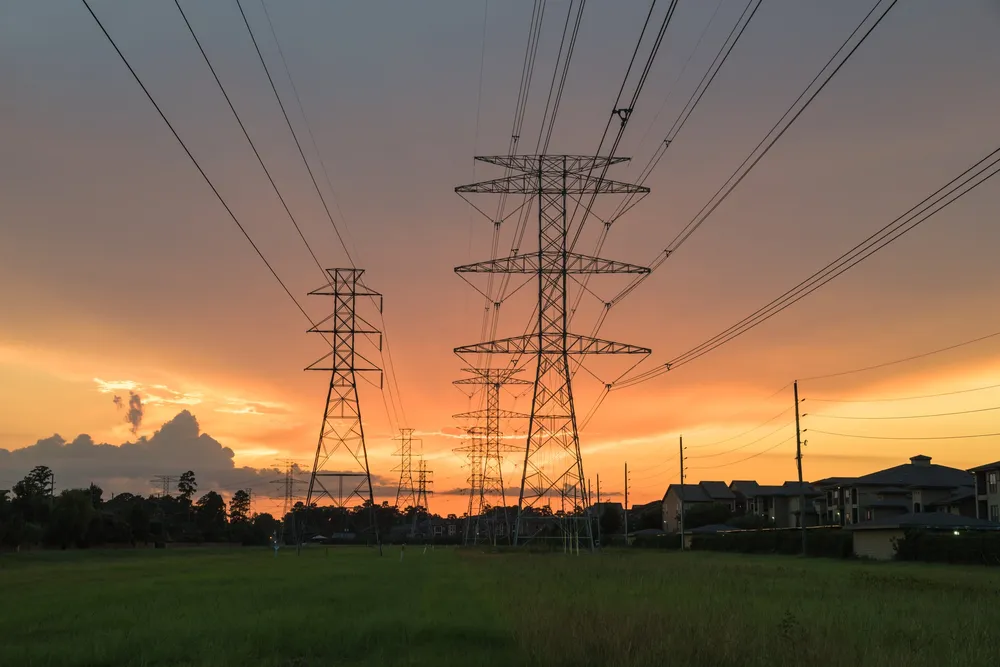Could 'faster, cheaper, cleaner' option break US grid-lock?
'Surplus interconnection' offers way to tap under-utilised network capacity, claims Morgan Stanley

Surplus interconnection – sharing grid access with other resources – represents a faster, cheaper, and cleaner way for electricity generators to increase US power supply, adding renewables rather than new natural gas capacity or postponing coal plant retirements, according to Morgan Stanley.
In a research note, the investment bank cited a 2024 University of California Berkeley analysis that quantified it is technically and economically feasible to connect 800GW of renewable energy now at existing thermal interconnections, and around 1TW by 2030.
Scholars there found that 200GW of that thermal capacity currently utilises the electric grid less than 15% of the time.
Surplus interconnection does not call for retirement of thermal assets but rather sharing the minimally-used grid connections.
“This should be especially appealing to owners of peaker power plants since they are heavily underutilising the electric grid, a very valuable asset,” the bank said.
The largest amount of thermal power capacity that operated at 15% or lower capacity factor on average is co-owned by various parties, which can hinder decision-making, according to latest federal government data.
Still, there is plenty elsewhere in regulated markets under full control of major electric utilities including American Electric Power, Dominion Energy, Duke Energy, Entergy, NextEra Energy, and Southern Company.
In some cases, merchant thermal power capacity is reportedly utilised 15% or less with the top four owners Talen Energy, Vistra, Constellation Energy, and Southern Company.
Interconnection queues nationwide are clogged with about 2.6TW of projects (95% is zero-carbon), about twice the US installed generation capacity comprising all technologies.
According to the bank, grid sharing “would allow the interconnection of 40% of that capacity at a materially faster pace: 90-120 days, which compares to the median of five years via the conventional interconnection process.”
Morgan Stanley noted that the grid-underutilisation problem is also common in existing renewable energy sited with grid ties given low-capacity factors.
UC Berkely scholars quantified a 350GW opportunity at operating renewable energy sites by adding 250GW of energy storage. They found the grid was 63% underutilised of the time given on a combined basis, wind and solar have a 37% capacity factor.
Renewable energy developers led by industry pacesetter NextEra Energy could also pursue surplus interconnection to move projects through clogged transmission queues, especially when pairing the large installed base of solar and wind assets with new storage, the bank said.
How to increase power supply is top of mind for grid planners, project developers, utility regulators, and White House.
Driving forecast unprecedented US power demand are increased electrification of the economy, the quest for generative artificial intelligence, and onshoring of manufacturing.
The bank estimates US power demand will grow more than 1.5% compound annual growth rate in 2025-35, over two times the rate in the previous decade.
(Copyright)